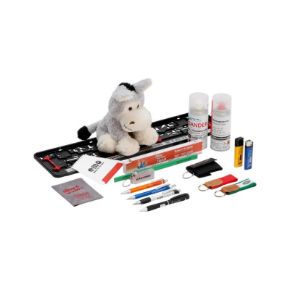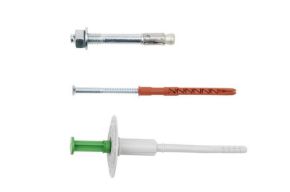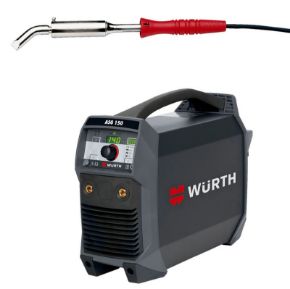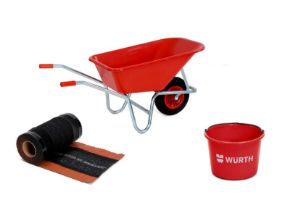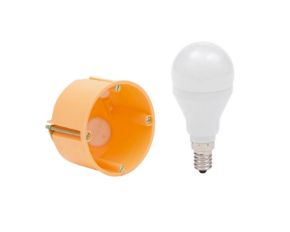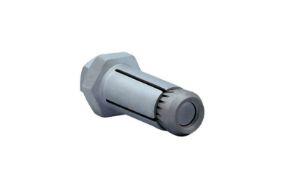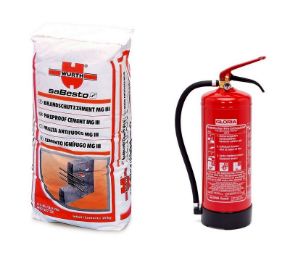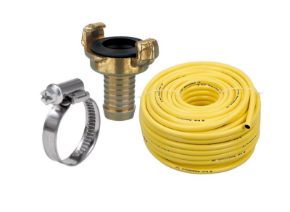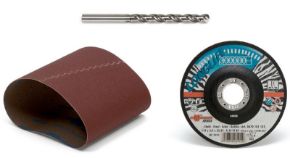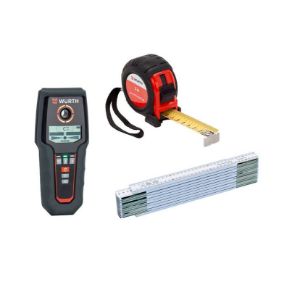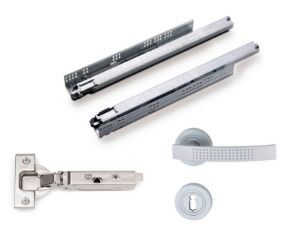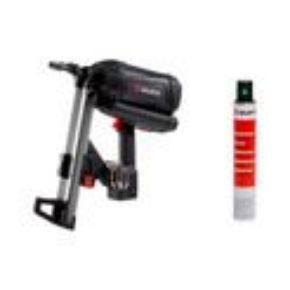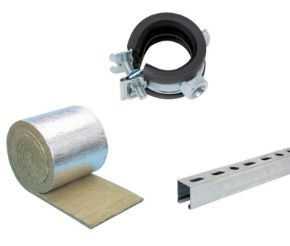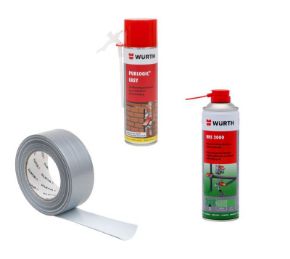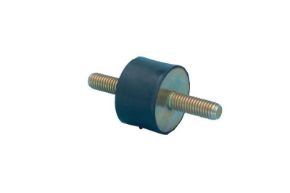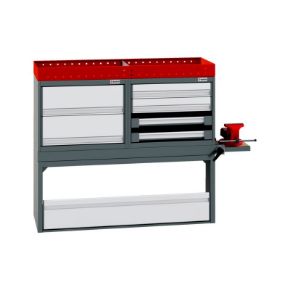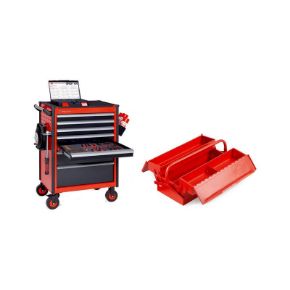Polyurethane (PU) foam is created when isocyanate and polyol react. Polyurethane foam is created when gas is introduced, either by reaction of isocyanate with water, or with blowing agents.
Polyurethane foam is a product that allows you to insulate, fix, caulk and soundproof materials. It is its swelling which guarantees good insulation for your materials. Once placed on a material, polymerization will transform the polyurethane foam into a semi-rigid foam.
The expanding foam comes in the form of a spray can. Würth Outre-Mer offers you a choice of references adapted to all your work!
The bomb is equipped with a simple or multi-position propulsion valve to modify the angle of application of the product. The propulsion will create polymerization, which transforms the liquid in the bomb into a semi-rigid foam which expands upon drying. Thanks to the humidity in the air or contact with water, this chemical reaction occurs. Shaking the can will increase the expansion of the foam. Expanding foams develop a significant volume of 40 to 45 times their initial volume, depending on humidity and ambient temperature.
Expanding foam (or polyurethane foam) is adhesive, non-toxic and waterproof. Its characteristics allow it to meet several uses. Its versatility makes it ideal for thermal and acoustic insulation work and for fixing materials. It allows you to fill holes, gaps and orifices or insulate your wall. It can be used inside your house or apartment, but also outside, with a temperature between 10 and 30°. Its use is possible with several materials such as concrete, wood, metal, stone, brick, most plastics or even placo. However, it does not apply to glass, silicone, Teflon or polyethylene. Polyurethane foam can prove essential for your small renovation or insulation work.
To store your aerosols, we advise you to keep them in a vertical position with the valve upwards, at a temperature below 25°C. Avoid leaving them in contact with UV rays, and storing them in a humid place. Its shelf life is approximately 1 year.
Preparing to use polyurethane foam
Before carrying out your work, with your expanding foam, you will have to respect some safety rules. Be sure to wear protective glasses to protect your eyes from foam splashes. Check that the temperature is optimal, that is to say between 10 and 30°. Then moisten the surfaces to which you will apply it to speed up the chemical reaction and ensure faster curing.
Finally, shake the bomb several times to homogenize and warm the foam. This will also make it easier to dump.
Why use expanding foam?
Polyurethane foam is mainly used to insulate against the cold or seal a space. In your home, it can be used to protect pipes exposed to the cold, fill a hole in a wall, plug a pipe or even prevent heat loss in a sheet metal roof or wall.
If you use it to insulate from the cold, expanding foam will help prevent water pipes or taps from freezing.
To protect your faucet you will need to cut the top of a plastic bottle, insert the bottle onto the faucet and finally inject the foam into the bottle to wrap the faucet. To protect the pipes, cover them with foam.
To prevent cold air from entering a corrugated iron roof or wall hole, fill each corrugation. Then let it dry and cut off the excess foam with a cutter . Finally fill the hole concerned and let it dry then remove the excess as before.
Let's move on to the 2nd most common case: filling holes.
To fill a hole through the wall, inject foam into the crack. Fill this space between two sections of wall using small pressures. Do the same under a shower tray. Finally, for bleeding electrical conduits, you can use expanding foam or plaster. This will block the ducts and fill the cavities
Using expanding foam
For proper use, position the bomb head down, with the valve at the target to be filled. Gently press the valve tip so that the foam comes out. Never fill it completely, because the foam triples in volume as it expands thanks to the chemical reaction of polymerization. Filling half should be enough, and avoid deforming the support if it is flexible or fragile. It is better to add foam later if necessary at the latest, rather than overflowing.
Then let the foam expand and infiltrate all places, even those inaccessible. Drying time lasts between 15 and 20 minutes. Thorough drying nevertheless takes 12 hours, depending on the temperature, the ambient humidity level and the thickness. Once it is dry, remove the excess using a cutter . By covering with paint, coating or varnish, you will be able to coat the foam and guarantee it a good finish.
Finally, if you have sufficiently filled your hole or insulated your material, clean the bomb valve with acetone to prevent it from clogging. Hold the bomb in an upright position to store it. Make sure the room is ventilated and that the temperature does not exceed 25°C.
There is also sprayable polyurethane foam to treat large surfaces quickly. It is mainly used for sound and thermal insulation. It is applied to the surface of the walls to be insulated using a spray gun.

